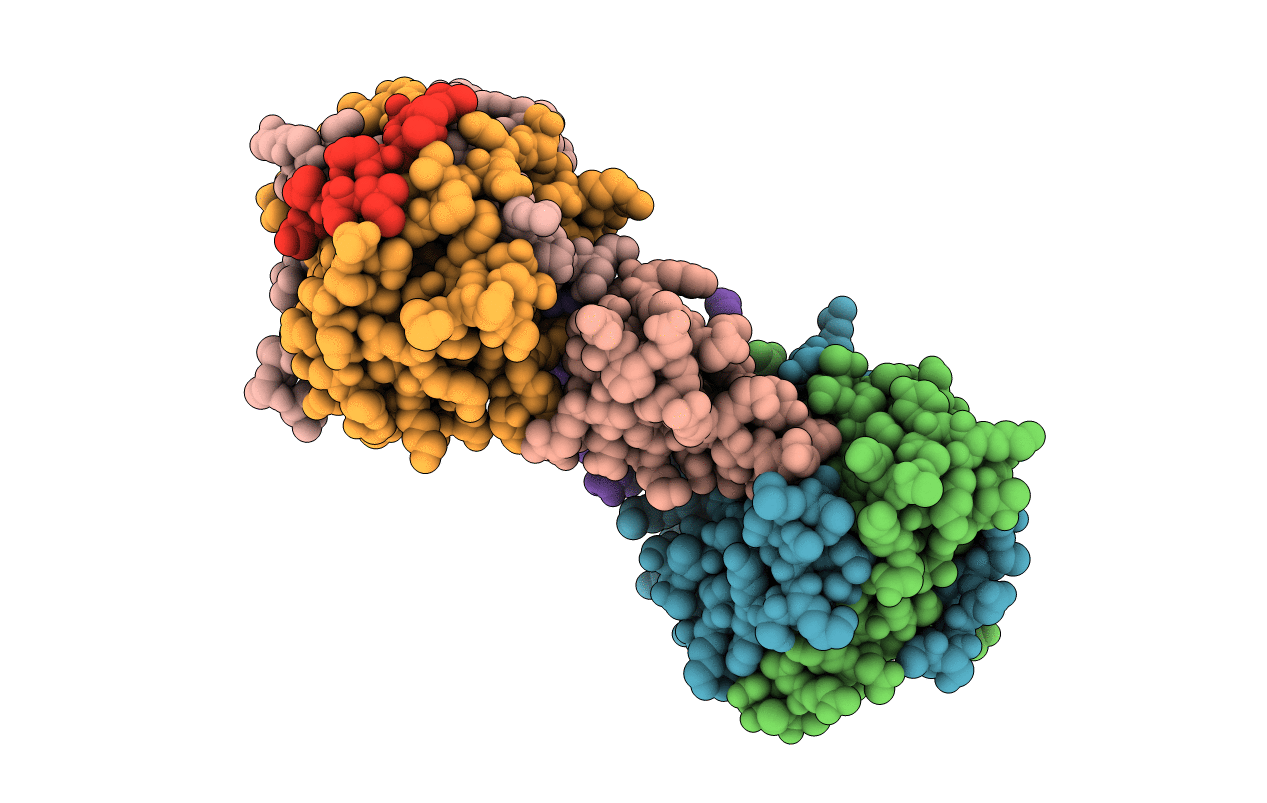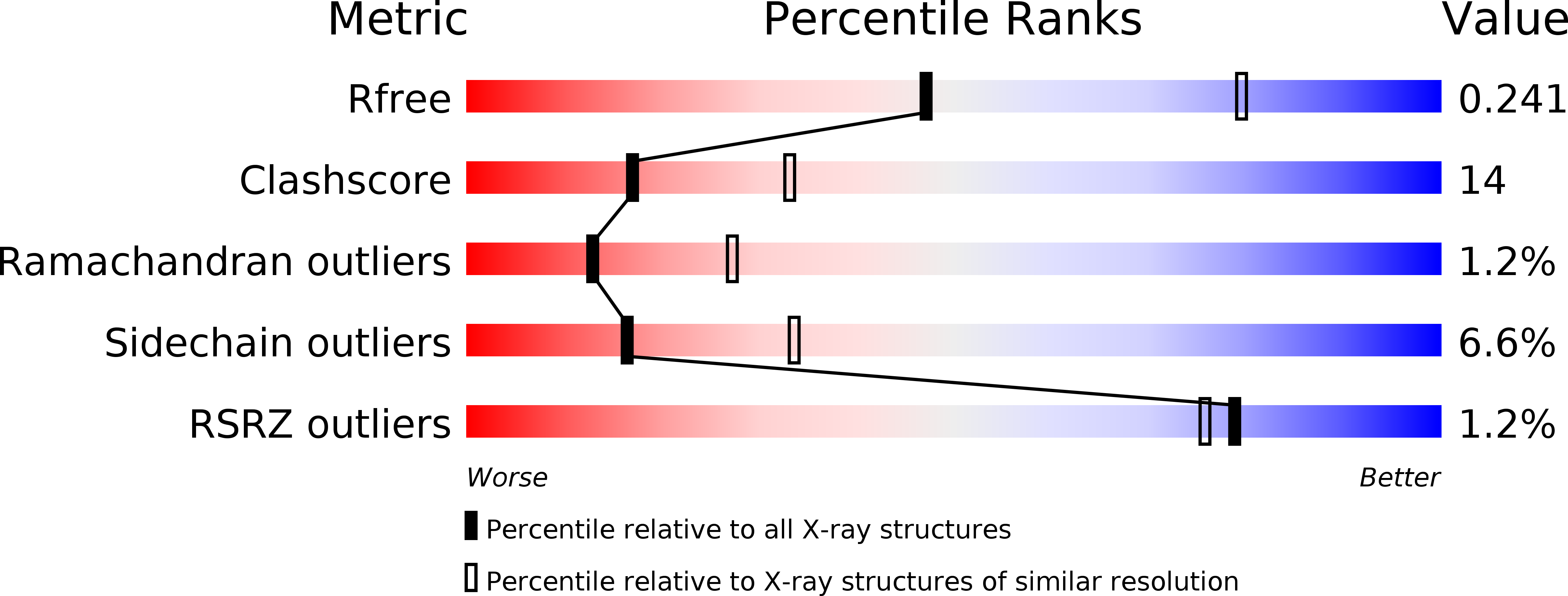
Deposition Date
1996-12-22
Release Date
1997-07-23
Last Version Date
2024-11-20
Entry Detail
PDB ID:
1CBW
Keywords:
Title:
BOVINE CHYMOTRYPSIN COMPLEXED TO BPTI
Biological Source:
Source Organism:
Bos taurus (Taxon ID: 9913)
Method Details:
Experimental Method:
Resolution:
2.60 Å
R-Value Free:
0.25
R-Value Work:
0.19
R-Value Observed:
0.19
Space Group:
P 61


